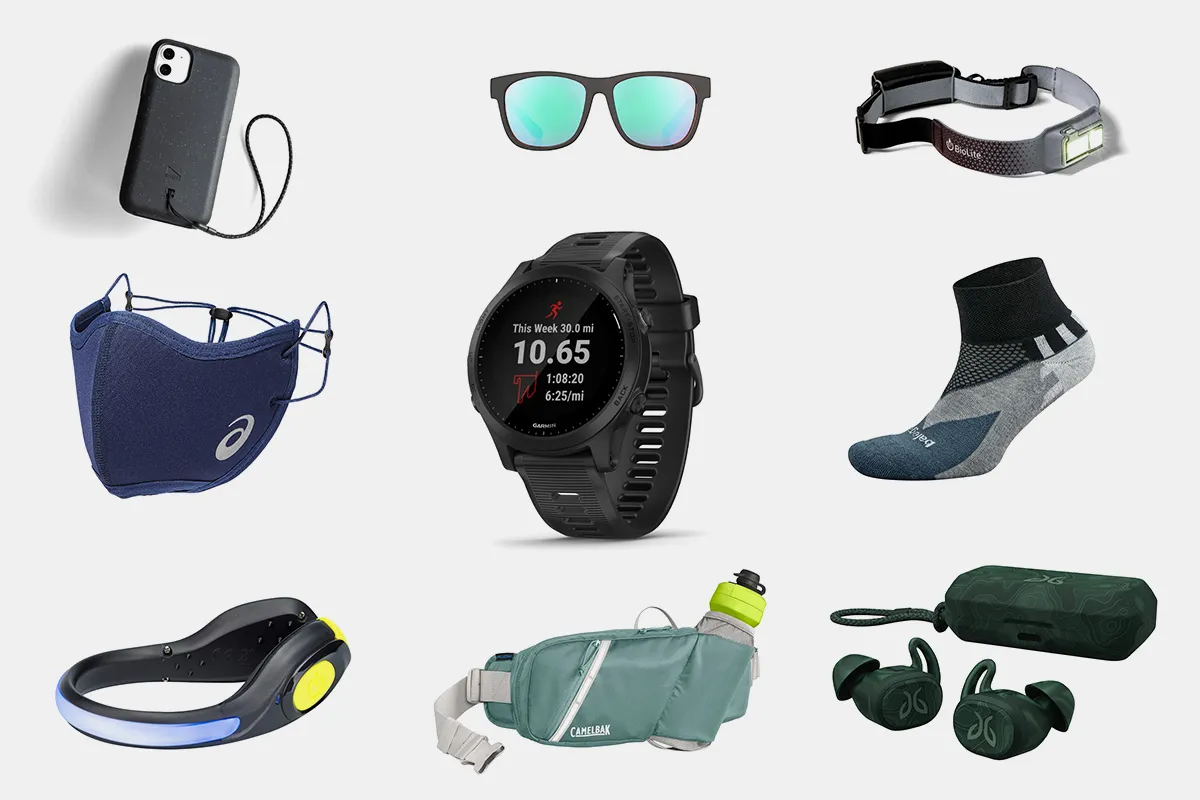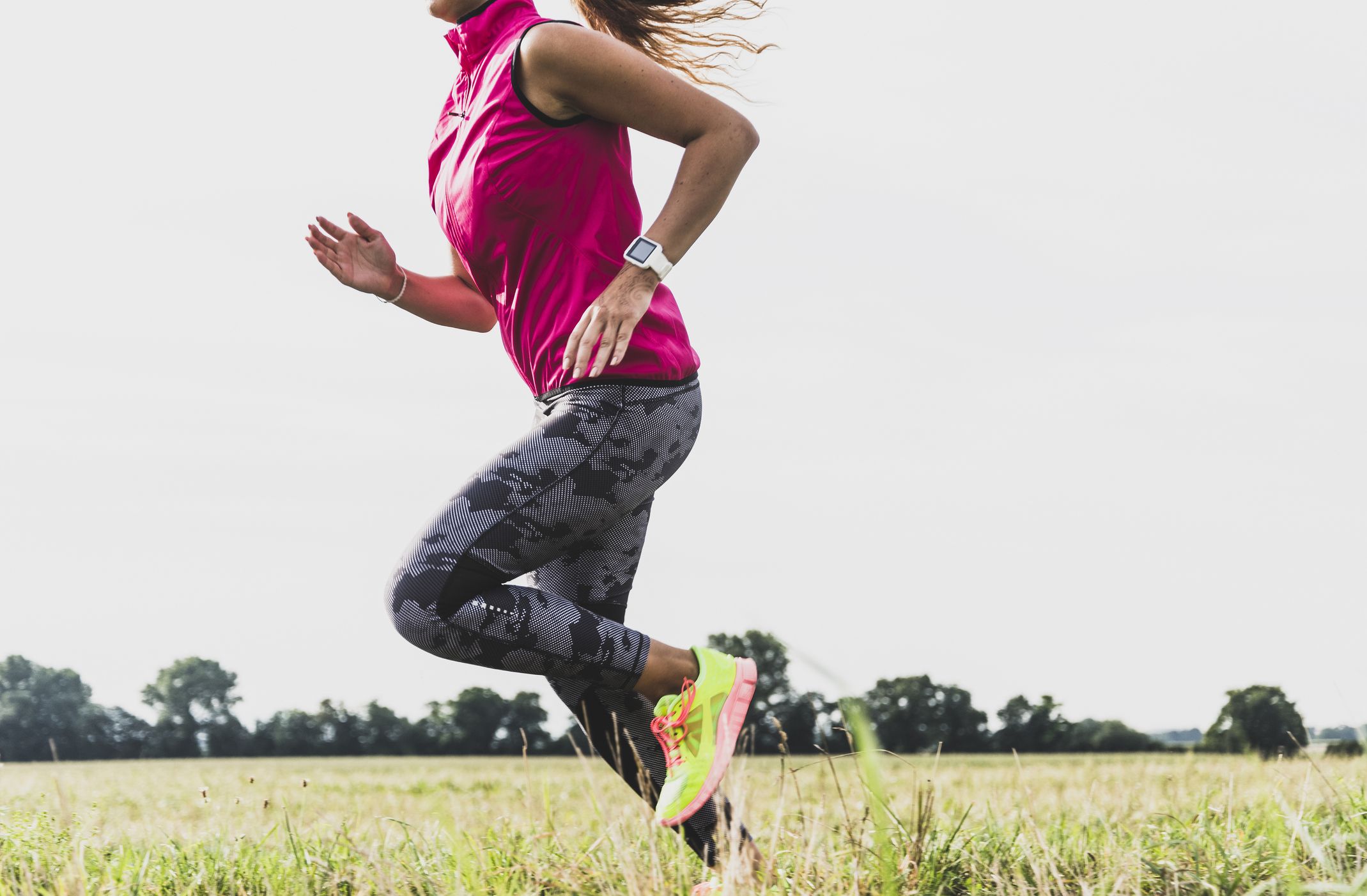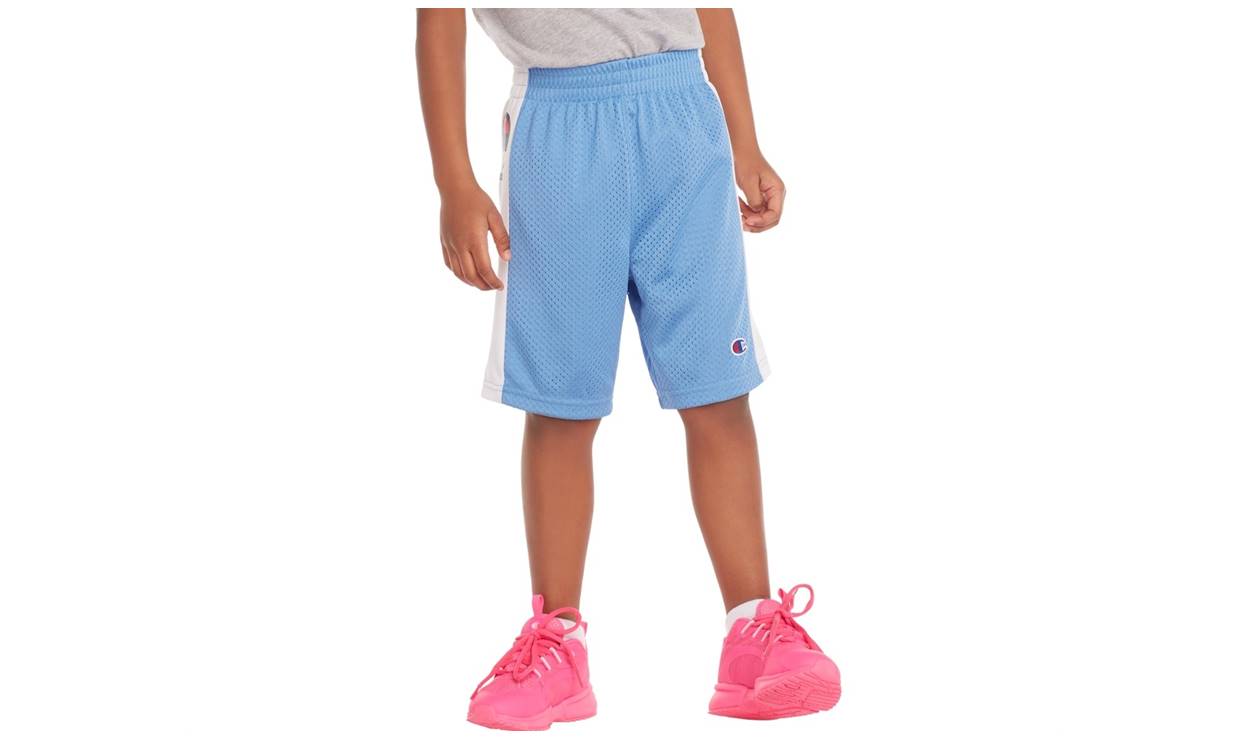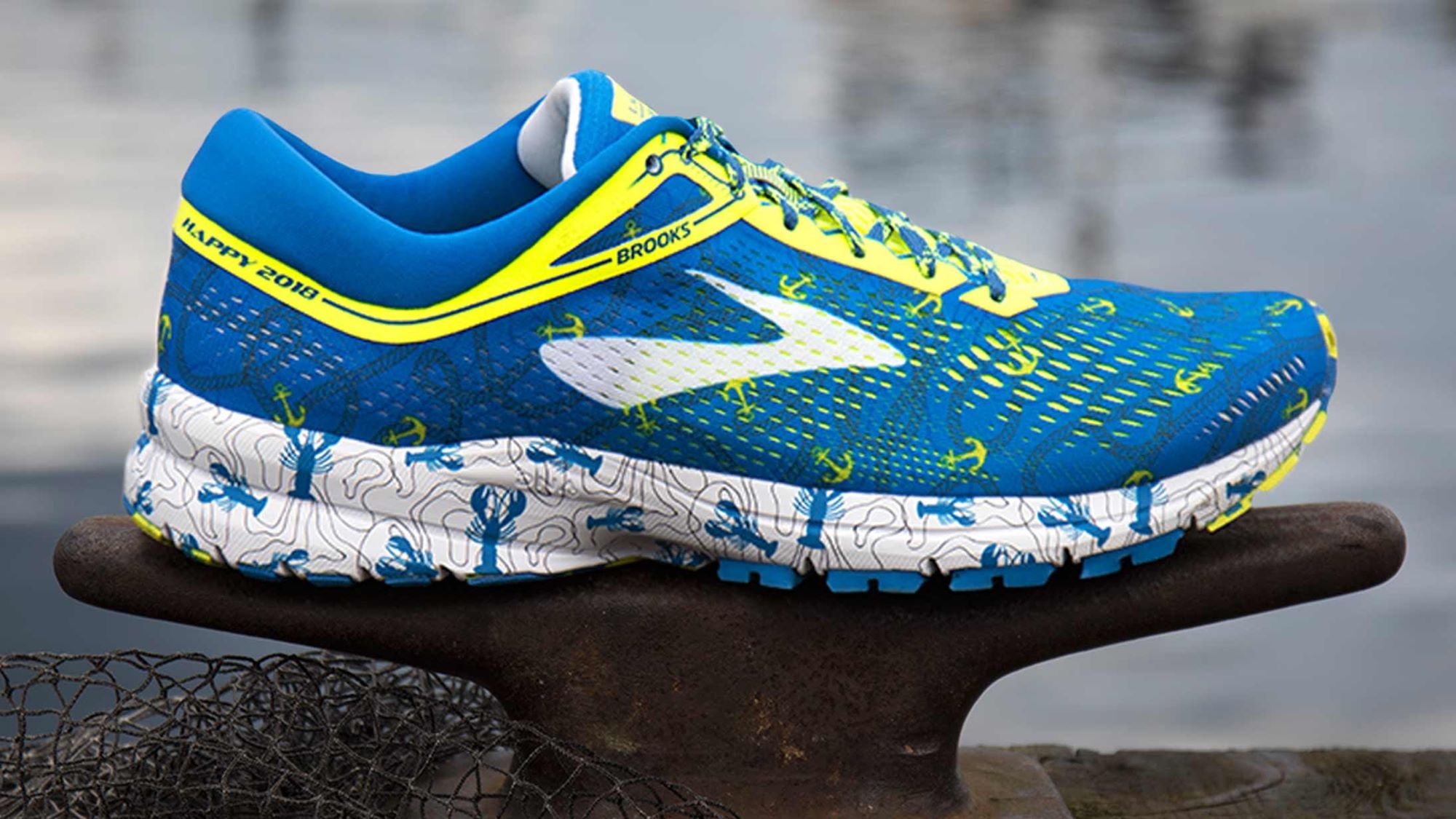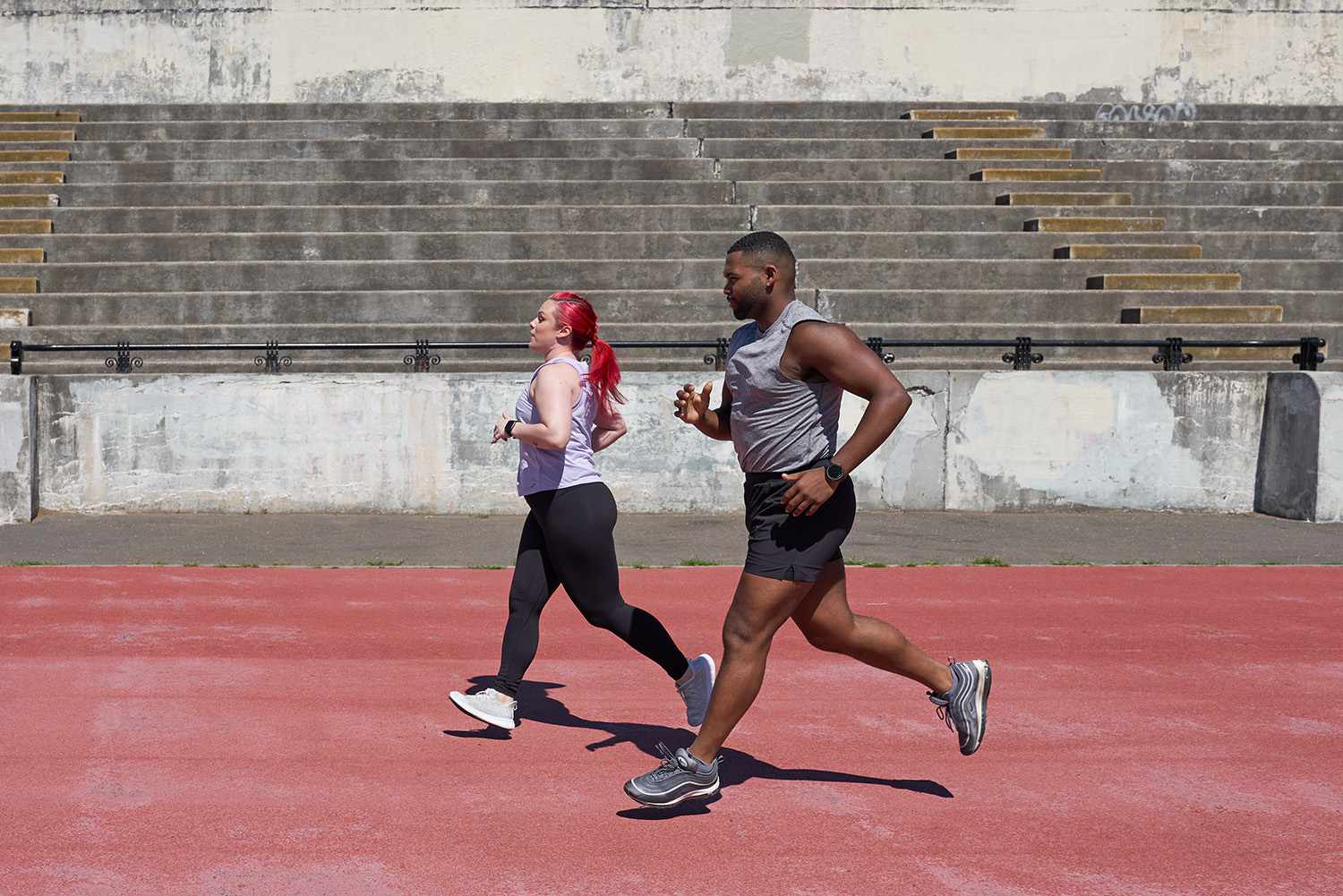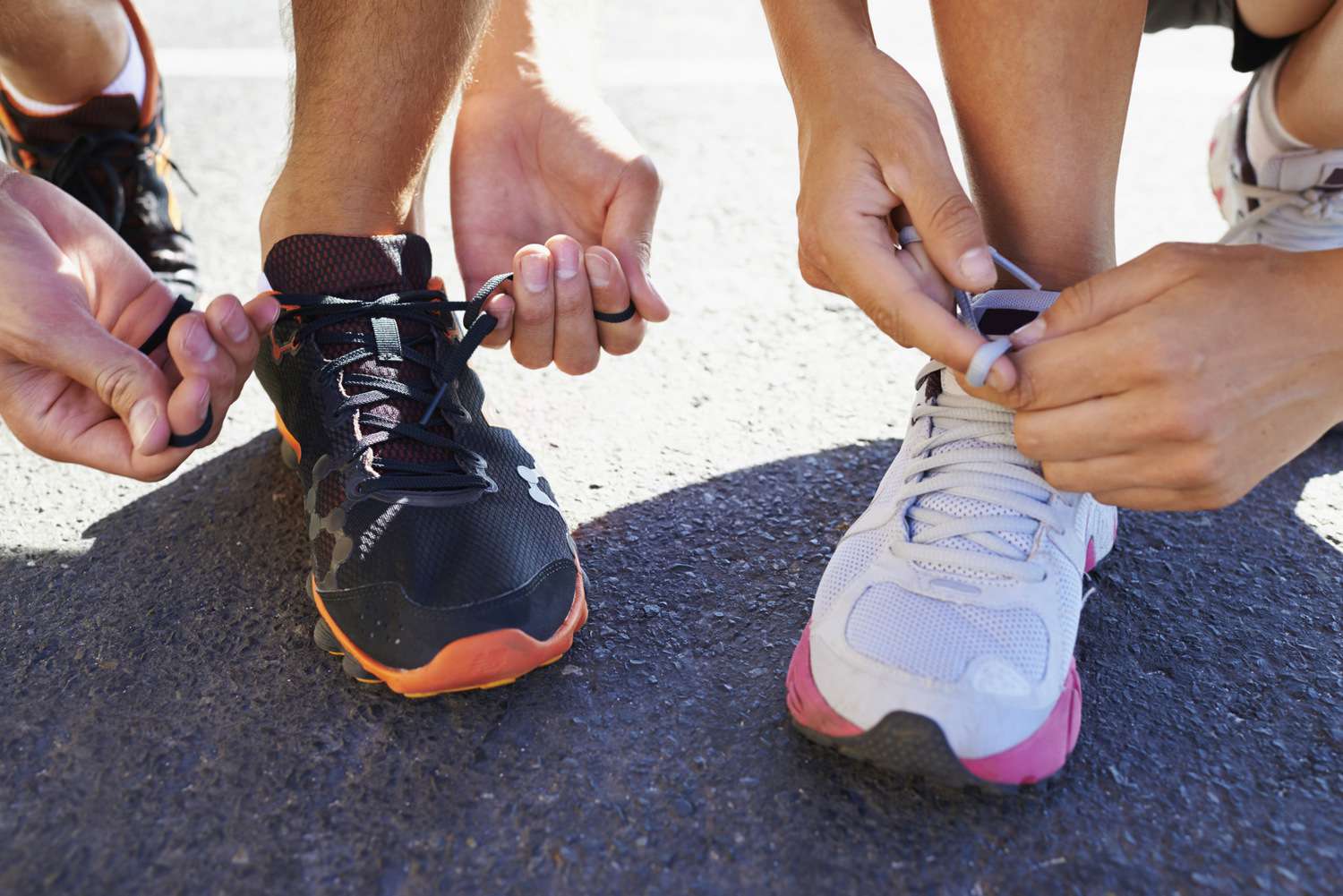

Featured
What Kind Of Running Shoes Should I Use
Modified: August 19, 2023
Discover the right running shoes for you with our featured collection. Find the perfect fit and comfort to enhance your running experience.
Introduction
Choosing the right running shoes is crucial for both experienced runners and beginners alike. The type of running shoes you wear can greatly impact your comfort, performance, and most importantly, your safety. With so many options available on the market, it can be overwhelming to navigate through the various features and technologies.
Whether you are training for a marathon or simply jogging to stay fit, understanding your running style and gait is the first step towards finding the perfect pair of running shoes. Factors such as pronation, arch type, and foot strike pattern play a significant role in determining which type of shoes will provide the best support and cushioning for your feet.
Moreover, the anatomy of a running shoe consists of various components designed to enhance performance and prevent common running injuries. From the upper, midsole, and outsole to the cushioning and stability features, each aspect contributes to the overall comfort and functionality of the shoe.
In this comprehensive guide, we will delve into the different types of running shoes available, explore the differences between cushioning and stability shoes, discuss the importance of finding the right fit, and provide special considerations for different terrains. Additionally, we will highlight the telltale signs of when it’s time to replace your running shoes to ensure optimal performance and reduce the risk of injury.
By the end of this article, you will have a solid understanding of the factors to consider when selecting running shoes and be well-equipped to make an informed decision that aligns with your specific needs and goals. So, let’s lace up and dive into the fascinating world of finding the perfect running shoes!
Understanding Your Running Gait
Before delving into the world of running shoes, it’s important to understand your running gait. Your running gait refers to the specific way your feet and legs move when you run. It is influenced by factors such as foot strike pattern and pronation, which are crucial in determining the type of running shoes that will offer the most support and reduce the risk of injury.
One key component of your running gait is your foot strike pattern. This refers to the part of your foot that contacts the ground first when you run. The three main types of foot strike patterns are:
- Forefoot Strike: In this pattern, the front part of the foot, including the toes and the ball of the foot, makes initial contact with the ground. This type of foot strike is often associated with a more efficient running style and is common among experienced runners.
- Midfoot Strike: In a midfoot strike, the middle part of the foot, between the heel and the toes, makes initial contact with the ground. This foot strike pattern provides a balanced distribution of impact throughout the foot and is considered a natural and efficient way of running.
- Heel Strike: With a heel strike pattern, the heel is the first part of the foot to hit the ground. This type of foot strike is common among novice runners and can result in more impact on the joints, potentially increasing the risk of injuries.
Another important factor to consider is pronation, which is the natural inward rolling motion of the foot as it lands and distributes the force of impact. Pronation is classified into three categories:
- Neutral Pronation: This is the ideal pronation pattern, where the foot rolls inward slightly to help absorb shock and provide stability. Runners with neutral pronation have a balanced and efficient gait.
- Overpronation: Overpronation occurs when the foot rolls inward excessively, causing increased stress on the joints and muscles. Runners with this gait pattern may benefit from stability or motion control shoes to help correct the inward rolling motion.
- Underpronation (Supination): Underpronation, also known as supination, is when the foot doesn’t roll inward enough, resulting in less shock absorption. Runners with this gait pattern may require shoes with extra cushioning to compensate for the lack of natural shock absorption.
Understanding your running gait can help you narrow down the options when selecting the right pair of running shoes. By knowing your foot strike pattern and pronation type, you can choose shoes that offer the necessary support and stability, reducing the risk of injuries and maximizing your running performance.
Anatomy of a Running Shoe
A running shoe is more than just a stylish accessory – it is a carefully crafted tool designed to provide comfort, support, and protection to your feet while you’re on the move. To better understand the importance of choosing the right running shoe, let’s break down its anatomy into its key components:
- Upper: The upper is the top part of the shoe that covers the top of your foot. It is usually made of breathable mesh or synthetic materials that provide flexibility and ventilation. The upper’s primary function is to secure your foot in place and provide a snug, comfortable fit.
- Midsole: The midsole is the layer between the upper and the outsole. It plays a crucial role in providing cushioning and support. Typically made of foam or gel material, the midsole absorbs shock and protects your feet from the impact of each stride. Different shoes may have various cushioning technologies, such as air pockets or foam inserts, to enhance the comfort and responsiveness of the shoes.
- Outsole: The outsole is the bottom part of the shoe that comes in direct contact with the ground. It is responsible for providing traction and durability. The outsole is usually made of rubber or a durable synthetic material that is designed to withstand various terrains and provide grip and stability.
- Cushioning: The cushioning is a critical feature of running shoes, especially for long-distance runners or those with joint issues. It helps absorb the impact forces generated during running, reducing the stress on your feet, knees, and other joints. The amount and type of cushioning can vary depending on the brand and model of the shoe.
- Stability Features: Some running shoes are designed with stability features to provide support and prevent excessive inward rolling of the foot (pronation). This can be achieved through different mechanisms, such as medial posts or firmer foam in specific areas of the midsole. Stability shoes are beneficial for runners with overpronation or those seeking additional support.
- Toe Box: The toe box refers to the front part of the shoe that surrounds your toes. It should provide enough room for your toes to move freely and prevent discomfort or blisters. A generous toe box is particularly important for runners with wider feet or those who experience swelling during longer runs.
Understanding the anatomy of a running shoe is crucial in determining which features are essential for your running needs. Whether you prioritize cushioning, stability, or a combination of both, considering the design and construction of each component will help you find a shoe that offers the comfort and support you require.
Types of Running Shoes
When it comes to choosing running shoes, there isn’t a one-size-fits-all solution. Different types of running shoes cater to specific running styles, terrains, and individual preferences. Here are some of the most common types of running shoes:
- Neutral Cushioning Shoes: These shoes are designed for runners with a neutral foot strike and medium to high arches. They offer a good balance of cushioning and flexibility to provide a comfortable and responsive ride. Neutral cushioning shoes are ideal for runners who do not require additional stability features and prefer a more natural running experience.
- Stability Shoes: Stability shoes are suitable for runners who overpronate, meaning their feet roll inward excessively when they run. These shoes feature additional support features, such as medial posts or firmer foam, to help correct overpronation and provide a more stable and balanced gait. Stability shoes are recommended for runners with low to medium arches.
- Motion Control Shoes: Motion control shoes are designed for severe overpronators who require maximum support and stability. These shoes typically have a firm and structured midsole to control excessive inward rolling of the foot. Motion control shoes are best suited for runners with flat feet or low arches.
- Minimalist Shoes: Minimalist shoes, also known as barefoot shoes, have gained popularity in recent years. They aim to mimic the feeling of running barefoot by providing minimal cushioning and support. The idea behind minimalist shoes is to encourage a more natural running gait and strengthen the foot and leg muscles. However, it is important to transition slowly to minimalist shoes to avoid potential injuries.
- Trail Running Shoes: Trail running shoes are specifically designed for off-road running on rugged terrains. They feature aggressive outsoles with deep lugs for optimal traction on uneven surfaces. Trail running shoes also have added protection in the form of rock plates or toe guards to shield your feet from rocks, roots, and other trail hazards.
- Lightweight Racing Shoes: Lightweight racing shoes are designed for competitive runners who prioritize speed. These shoes are incredibly lightweight and feature minimal cushioning to provide a more responsive and fast-paced running experience. They are typically used for shorter distance races or speed workouts.
Keep in mind that your running shoe choice may depend on various factors, including your foot type, running gait, training goals, and the type of terrain you typically run on. Therefore, it’s essential to consider these factors and try on different types of shoes to determine which one feels most comfortable and supports your individual needs.
Cushioning vs. Stability
When selecting running shoes, one common consideration is whether to prioritize cushioning or stability. While both aspects are important, they serve distinct purposes and cater to different needs. Let’s explore the differences between cushioning and stability in running shoes to help you make an informed decision:
Cushioning: Cushioning refers to the amount of shock absorption and impact protection provided by the shoe’s midsole. Cushioned running shoes are designed to offer a comfortable and plush feeling underfoot. They are particularly beneficial for runners who prioritize a soft and forgiving ride, such as those with joint sensitivities or those logging long miles.
The level of cushioning can vary among different shoe models, ranging from minimal to maximum. Minimal cushioning is often found in minimalist shoes, providing a more natural and close-to-the-ground feel. On the other hand, maximum cushioning shoes are heavily padded with ample foam or gel to provide superior shock absorption and protection.
Stability: Stability in running shoes refers to the shoe’s ability to support and guide the foot, especially for runners who overpronate. Overpronation occurs when the foot rolls inward excessively during the running gait. Stability shoes are constructed with features such as medial posts or firmer foam in the midsole to correct this motion and provide a more balanced and neutral foot strike.
Stability shoes offer additional support and stability for runners with a tendency to overpronate. They are beneficial in reducing the risk of common running injuries, especially for individuals with low to medium arches. However, it’s important to note that stability shoes might not be necessary or suitable for runners with neutral pronation or high arches, as they may interfere with the natural movement of the foot.
Ultimately, the choice between cushioning and stability comes down to personal preference, running style, and any specific foot conditions or concerns you may have. If you prioritize comfort and shock absorption, cushioning shoes may be the best option for you. However, if you experience overpronation or require extra support for optimal alignment, stability shoes are worth considering.
It’s recommended to visit a specialized running shoe store or consult with a professional to assess your gait and get personalized advice on whether cushioning or stability is more suitable for your running needs.
Finding the Right Fit
When it comes to running shoes, finding the right fit is paramount for optimal comfort, performance, and injury prevention. Ill-fitting shoes can lead to blisters, discomfort, and even more serious issues such as black toenails or stress fractures. Here are some key considerations to keep in mind when finding the perfect fit:
Get Proper Measurements: One of the first steps in finding the right fit is getting your feet properly measured. Feet can change in size and shape over time, so it’s important to ensure you have an accurate measurement. Use a Brannock device or visit a professional shoe store to get your feet measured for length and width.
Allow Room for Toe Movement: Your running shoes should have enough room in the toe box to allow for natural toe movement. Your toes should be able to wiggle freely without feeling cramped or restricted. Having ample space in the toe box helps prevent issues like blisters, calluses, and toenail problems.
Consider Half Size Up: It’s common for feet to swell during exercise, so consider getting running shoes that are a half size larger than your everyday shoes. This extra room accommodates any swelling and prevents discomfort or tightness while running.
Try Different Brands and Models: Don’t be afraid to try on multiple brands and models of running shoes. Each brand has its own unique fit and design, and what works for one person may not work for another. Experimenting with different options can help you find the brand and model that feels the most comfortable and supportive for your feet.
Assess Overall Comfort: When trying on running shoes, pay attention to how they feel overall. They should feel snug but not overly tight. Make sure there are no areas of pressure or pinching, especially around the heel and arches. Walk around or jog in the shoes to get a better sense of their comfort and fit before making a final decision.
Consider Orthotic Insoles: If you have specific foot concerns or require additional arch support, you may benefit from using orthotic insoles. These inserts can provide extra cushioning and offer customized support to address specific foot conditions or irregularities.
Remember that finding the right fit is a personal journey, and what works for someone else may not work for you. Take the time to try on different options, seek expert advice if needed, and trust your own comfort and instincts when it comes to selecting the running shoes that feel just right for you.
Special Considerations for Different Terrains
When choosing running shoes, it’s essential to consider the type of terrain you’ll be running on. Different terrains require specific features and technologies to provide the best performance and protection. Here are some special considerations to keep in mind for different terrains:
Road Running: For running on paved surfaces such as roads, sidewalks, or track, cushioning and responsiveness are key. Look for running shoes with ample cushioning in the midsole to absorb the impact of hard surfaces. The outsole should provide good traction without being overly aggressive, as excessive grip may cause drag and affect your speed on the road.
Trail Running: Trail running requires shoes with specific features to tackle rugged terrains, uneven surfaces, and varying weather conditions. Look for trail running shoes with aggressive outsoles that have deep lugs for superior traction on dirt, rocks, and slippery surfaces. Additionally, trail shoes often have added protection features such as toe guards and rock plates to shield your feet from sharp objects and provide stability on uneven trails.
Track Running: Running on a track often requires lightweight and low-profile shoes that provide excellent traction on the smooth surface. Consider track spikes if you’re a competitive sprinter or middle-distance runner, as these shoes have removable metal or rubber spikes to enhance grip and acceleration.
Grass Running: When running on grassy surfaces, shoes with a versatile outsole that provides traction on both soft and hard ground are ideal. Look for shoes with slightly longer and more widely spaced lugs to prevent mud or grass from getting stuck and affecting your performance.
Treadmill Running: Treadmill running offers a controlled and cushioned surface, so less aggressive outsoles are typically suitable. Focus on finding running shoes with good cushioning, breathability, and a comfortable fit to ensure a smooth and enjoyable indoor running experience.
Sand Running: Running on sandy beaches or sand dunes requires shoes with specialized features. Look for shoes with an open and breathable mesh upper to allow sand to easily escape while still providing support. Consider shoes with flexible and bendable soles to adapt to the unstable surface.
Remember, each terrain presents its own challenges and requires specific footwear. By choosing running shoes that are designed for the terrain you’ll be running on, you can enhance your overall comfort, grip, and performance while reducing the risk of injuries.
When to Replace Your Running Shoes
Running shoes undergo wear and tear over time, and it’s important to know when it’s time to replace them. Continuing to run in worn-out shoes can lead to discomfort, reduced performance, and even potential injuries. Here are some signs to look out for to determine when it’s time to invest in a new pair of running shoes:
Worn-Out Outsole: Take a look at the outsole of your running shoes. If you notice significant wear patterns, flattened areas, or smooth spots, it’s a clear indication that the shoe’s grip and stability have diminished. This can compromise your traction, especially on wet or slippery surfaces.
Loss of Cushioning: Over time, the cushioning in running shoes can break down and lose its ability to absorb shock. If you start to feel more impact during your runs or notice increased joint discomfort, it’s a sign that the cushioning has worn out and it’s time to replace your shoes.
Visible Midsole Compression: Take a look at the midsole foam of your running shoes. If you see visible signs of compression, such as creases or wrinkles, it means the foam has lost its resilience. This can result in reduced support and shock absorption, leading to increased stress on your feet and lower limbs.
Uneven Wear: Check the wear pattern on the bottom of your shoes. If you notice uneven or excessive wear on specific areas, such as the inner or outer edges of the outsole, it may indicate an issue with your foot strike or gait. Running in shoes with uneven wear can lead to imbalances and potential injuries.
Lack of Support: As running shoes age, their structural integrity and supportiveness may deteriorate. If you notice your shoes no longer provide the same level of stability or control as when they were new, it’s time to consider replacing them. This is especially crucial for runners who require stability features or have a history of foot or ankle issues.
Increased Discomfort or Pain: If you experience new or worsening discomfort or pain during or after your runs, it may be a sign that your shoes are no longer providing the necessary support. Ignoring these signals can lead to injuries and hinder your running performance.
As a general guideline, it is advisable to replace your running shoes every 300 to 500 miles, depending on factors such as your weight, running style, and the terrain you typically run on. However, it’s essential to listen to your body and pay attention to the condition of your shoes. If you start noticing any of the signs mentioned above, it’s better to err on the side of caution and invest in a new pair of shoes to ensure a comfortable and injury-free running experience.
Conclusion
Choosing the right running shoes is crucial for a comfortable and injury-free running experience. Understanding your running gait, considering the anatomy of a running shoe, and knowing the different types of shoes available are essential factors in finding the perfect fit.
Whether you prioritize cushioning or stability, it’s important to assess your specific needs and preferences. Factors such as your foot strike pattern, pronation type, and the terrain you run on should guide your decision-making process. Remember, what works for one person may not work for another.
Once you find the right pair, ensure that the shoes fit properly and provide ample support for your feet. Regularly assess the wear and tear of your shoes, and replace them when necessary to maintain optimal performance and prevent injuries.
So lace up your shoes, hit the road, and enjoy the exhilarating experience of running. With the right pair of running shoes, you’ll be able to run comfortably, confidently, and safely, whether you’re training for a race or simply enjoying the freedom and joy that running brings.
